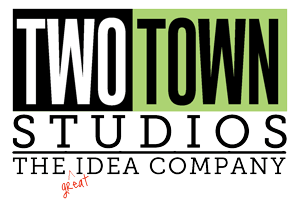Atlanta – A Study in Contrasts…and Not
Even when you’re from Minnesota (15 years ago and counting) a temp of 10 degrees accompanied by a howling wind is freakin’ cold. Welcome to Atlanta in January. Fortunately it didn’t last, a few days later it was up into the 40’s, however were quite happy to get back to Florida: 80 degrees and humidity. Ahhhh.

Bldg 3 atrium
The January 2015 Gift Market was good. Noticeably better than 6 months ago. A lot like one year ago. Which concerns me a little bit, because one year ago everybody was trumpeting to the heavens what a great market it was, setting sales records and selling like crazy. (See here). On our end they were looking at new collections, expanding current ones and asking for more. Then… nothing exceptional happened. The following July market was ho-hum and just OK, traffic was down and in between those dates the expanding lines didn’t expand. We sent out a ton of designs after Jan ’14, but then some of those “sure-thing” projects became less sure (not that THAT is anything new…). So, while it’s always great to experience an up market, we have worked a few dozen of these and I am not remodeling the office just yet. Keep your fingers crossed, do more good work and ask me in July how January went.
That being said, we did have a few observations. Traffic was good but still not up to previous levels; elevators were sometimes jammed, some ladies’ rooms had lines and occasionally people were sitting in the hallways eating the free lunches. As opposed to all of them all the time, as is the case in a really busy market. Everybody we talked to, bar none, said it was a good market. Our clients are planning things, but in a more cautious way: they (mostly) know what they want and aren’t asking for a lot of fluff to consider later. Instead of “maybe” we heard a lot more “no”, which actually is a better answer. A number of them have reduced their footprints in the rep showrooms, streamlined their operations (and unfortunately staff) and tightened the purse strings on product development. Apparently lessons were learned over the last few years.
There’s always a little bit of everything across the showrooms, but as we walked we noticed a lack of man cave stuff, Duck Dynasty, moustaches and non-traditional Christmas. Definitely a nod toward rustic and homespun, coarse fabrics, hand stitching and earth tones. There was also more artist promotion and artist signings, which is good and we hope will continue. What I wish wouldn’t continue is the “me too” products that show up in so many showrooms. Everywhere you turn someone has their version of Kathy’s Primitives, or Kelly Rae, or Glory Haus, or Natural Life, or Simply Southern, or anything that has sold well elsewhere. We spend a lot of time going “Hey – that looks like (fill in the blank)” – but then it’s not. Just another reason to keep those fresh ideas flowing.

Bldg 3 atrium
So there ya go—another successful ATL market, and in the words of one of our clients:
“I think we’ve got it this show.”
Sounds good, I’m in.


